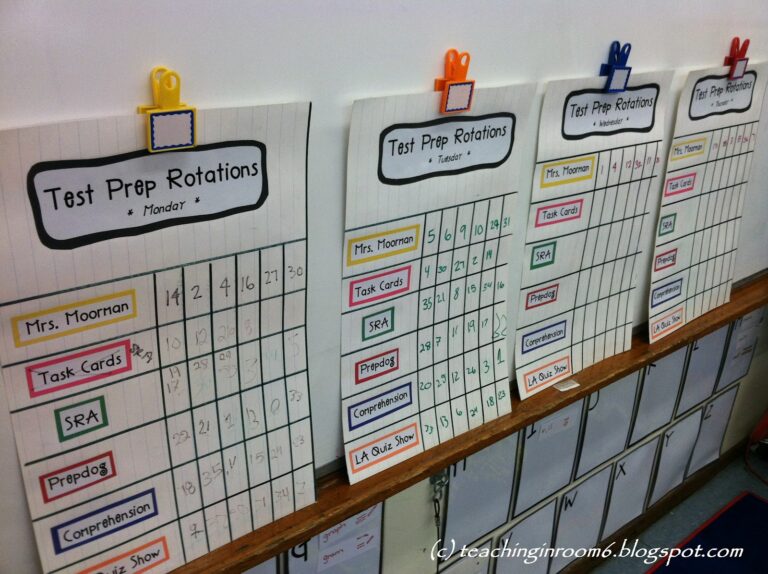Personalized Learning in Education Systems: Tailoring Education to Every Student’s Needs
In today’s rapidly evolving educational landscape, personalized learning has emerged as a transformative approach that tailors learning experiences to meet the unique needs, preferences, and abilities of individual students. Unlike traditional one-size-fits-all teaching methods, personalized learning leverages technology and data to create customized educational paths for each learner. This approach not only boosts engagement and motivation but also helps address learning gaps, allowing students to progress at their own pace. Whether you’re an educator, school administrator, or policy maker, understanding the significance of personalized learning is key to improving educational outcomes. This article delves into the concept of personalized learning in education systems and how it is reshaping the future of education.
Why Personalized Learning is Crucial for Student Success
Personalized learning addresses the diverse needs of students by providing tailored educational experiences. It allows students to learn at their own pace, choosing pathways that align with their strengths and interests. The traditional model of education, where every student follows the same curriculum at the same pace, often leaves some students behind while others become disengaged. Personalized learning, however, ensures that each student receives the right level of challenge and support, leading to more effective learning outcomes. This approach fosters greater student engagement, improves retention, and ensures that no student is left behind, contributing to overall academic success.
The Role of Technology in Facilitating Personalized Learning
Technology plays a pivotal role in enabling personalized learning within education systems. Through the use of learning management systems (LMS), artificial intelligence (AI), and data analytics, educators can assess individual student performance and adapt lessons accordingly. AI-powered tools can analyze data from assessments and classroom interactions, providing real-time insights into student progress. These tools allow teachers to offer customized resources, adjust lesson plans, and provide targeted interventions. Additionally, adaptive learning software helps students progress at their own pace, adjusting the difficulty level based on their mastery of the content. With the help of technology, personalized learning is more efficient, scalable, and accessible than ever before.
Key Benefits of Personalized Learning for Teachers and Students
Personalized learning benefits both teachers and students in numerous ways. For students, the key benefits include increased engagement, improved academic performance, and the ability to learn at their own pace. Since the learning path is tailored to each student’s abilities, they are less likely to feel overwhelmed or bored, leading to better motivation and retention of information. For teachers, personalized learning allows for more effective use of time and resources. Teachers can focus on providing individualized support where it’s needed most, and technology assists with automating administrative tasks such as grading and progress tracking. By adopting personalized learning, teachers can create more meaningful and impactful learning experiences for their students.
Challenges in Implementing Personalized Learning at Scale
While personalized learning holds immense potential, implementing it across an entire education system can be challenging. One of the main obstacles is the need for substantial investments in technology and infrastructure. Many schools, particularly those in underfunded areas, lack the resources to implement the necessary tools to support personalized learning. Additionally, there is a need for ongoing professional development for educators, as they must become proficient in using new technologies and teaching methods. Another challenge is ensuring that personalized learning is truly inclusive, addressing the needs of all students, including those with disabilities or learning differences. Overcoming these barriers requires collaboration among educators, administrators, and policymakers to ensure that personalized learning becomes accessible to all students.
The Future of Personalized Learning: Trends to Watch
The future of personalized learning looks promising, with several emerging trends that could further enhance its impact. One trend is the increasing use of data analytics to provide even more granular insights into student performance. This allows for even more precise customization of learning experiences. Additionally, the growth of virtual and augmented reality (VR and AR) in education presents exciting possibilities for immersive, hands-on learning experiences that are tailored to individual students’ needs. Moreover, there is a growing emphasis on social-emotional learning (SEL) in personalized education, helping students not only improve academically but also develop emotional intelligence and resilience. As these trends continue to evolve, personalized learning will become even more effective and inclusive, preparing students for success in an increasingly complex world.
Frequently Asked Questions (FAQs)
1. What is personalized learning?
Personalized learning is an educational approach that tailors the learning experience to meet the individual needs, preferences, and abilities of each student, often with the help of technology.
2. How does technology support personalized learning?
Technology supports personalized learning by providing data analytics, adaptive learning platforms, and real-time feedback, which help educators customize lessons and resources based on each student’s needs.
3. What are the key benefits of personalized learning for students?
Personalized learning increases student engagement, improves academic performance, and allows students to learn at their own pace, fostering a deeper understanding of the content.
4. What challenges do educators face when implementing personalized learning?
Challenges include the need for technology investments, ongoing professional development for educators, and ensuring that personalized learning is inclusive of all students, including those with special needs.
5. What does the future hold for personalized learning in education?
The future of personalized learning includes increased use of data analytics, immersive technologies like VR and AR, and a stronger focus on social-emotional learning to create more holistic educational experiences.

